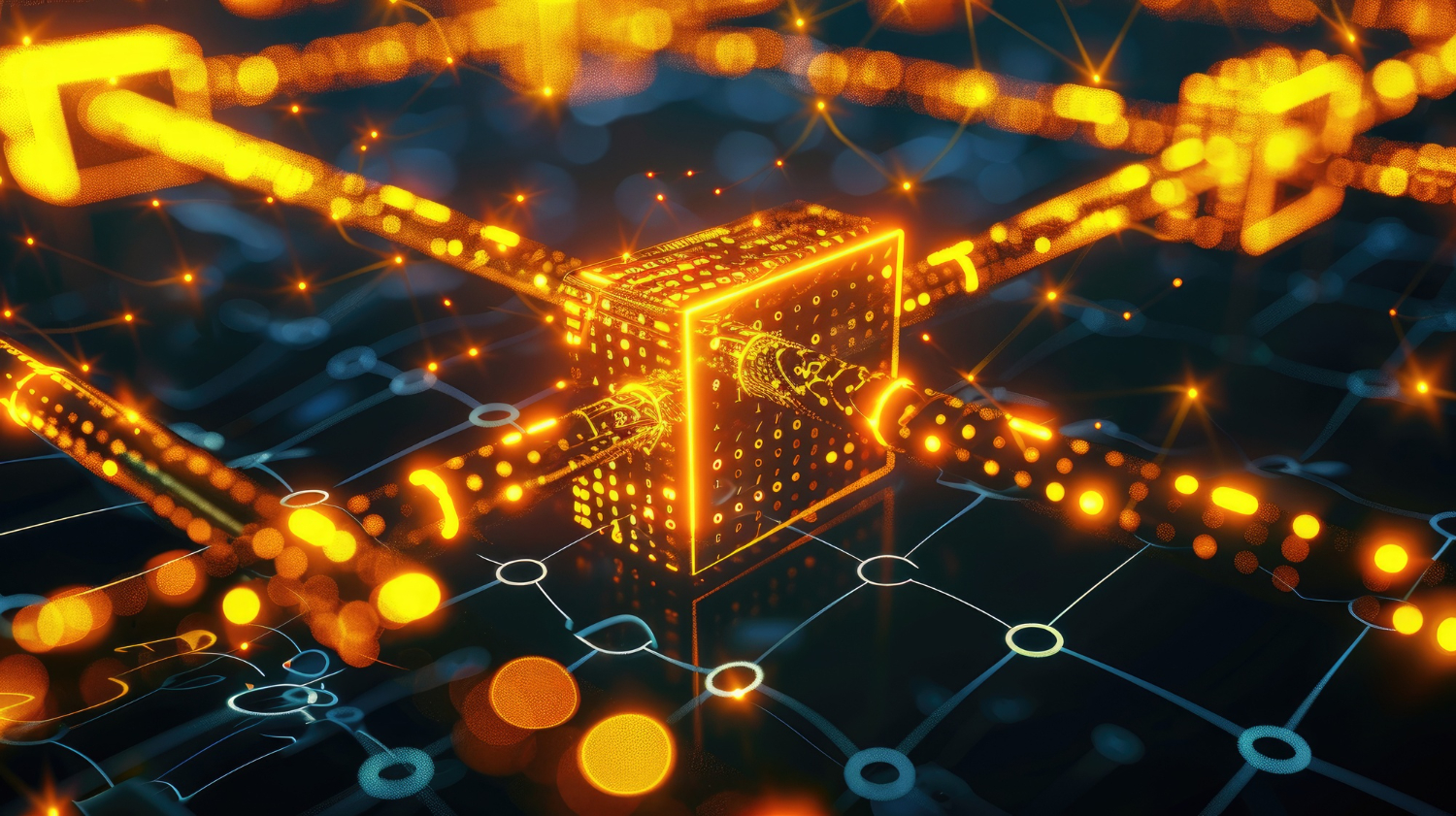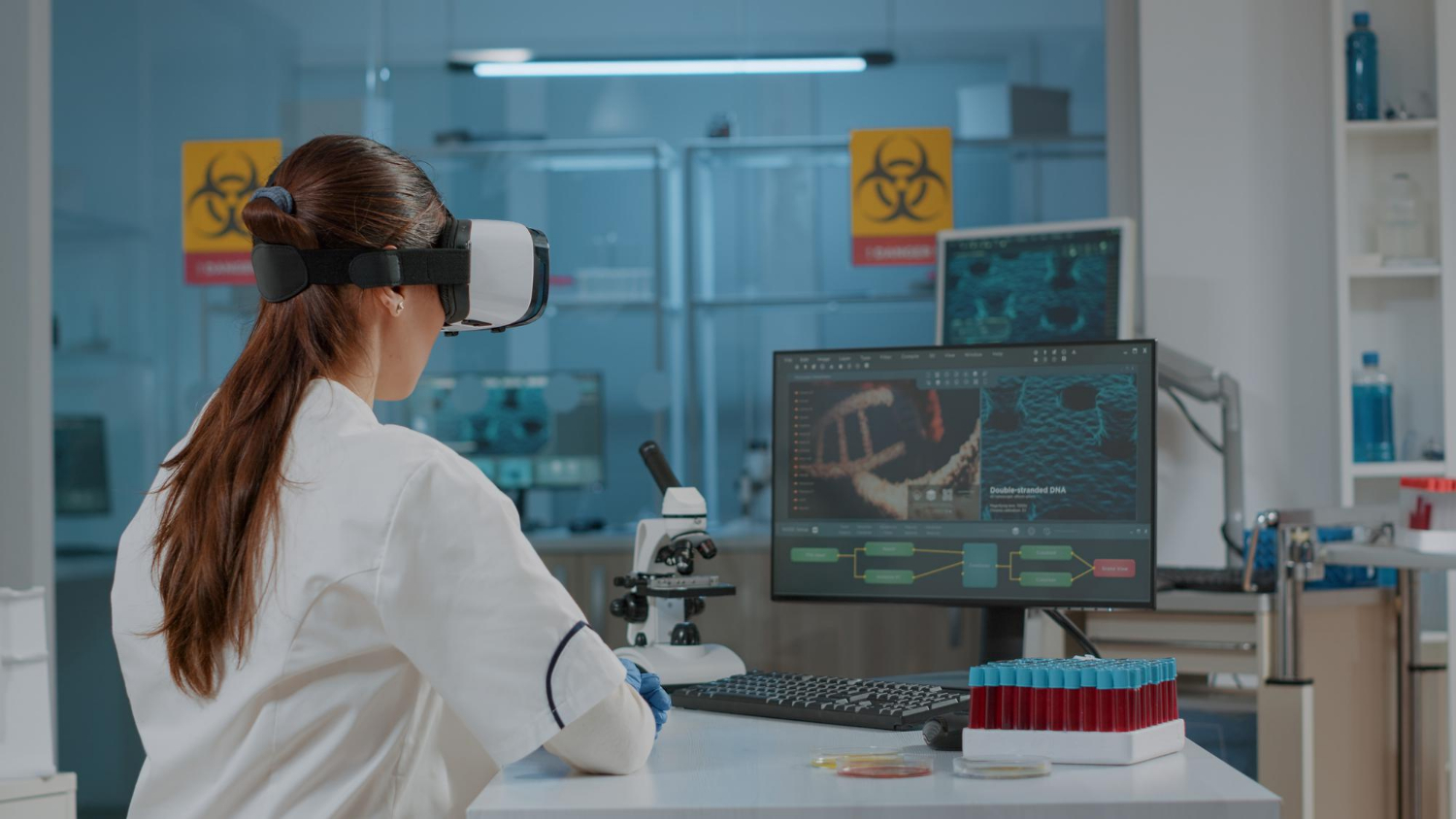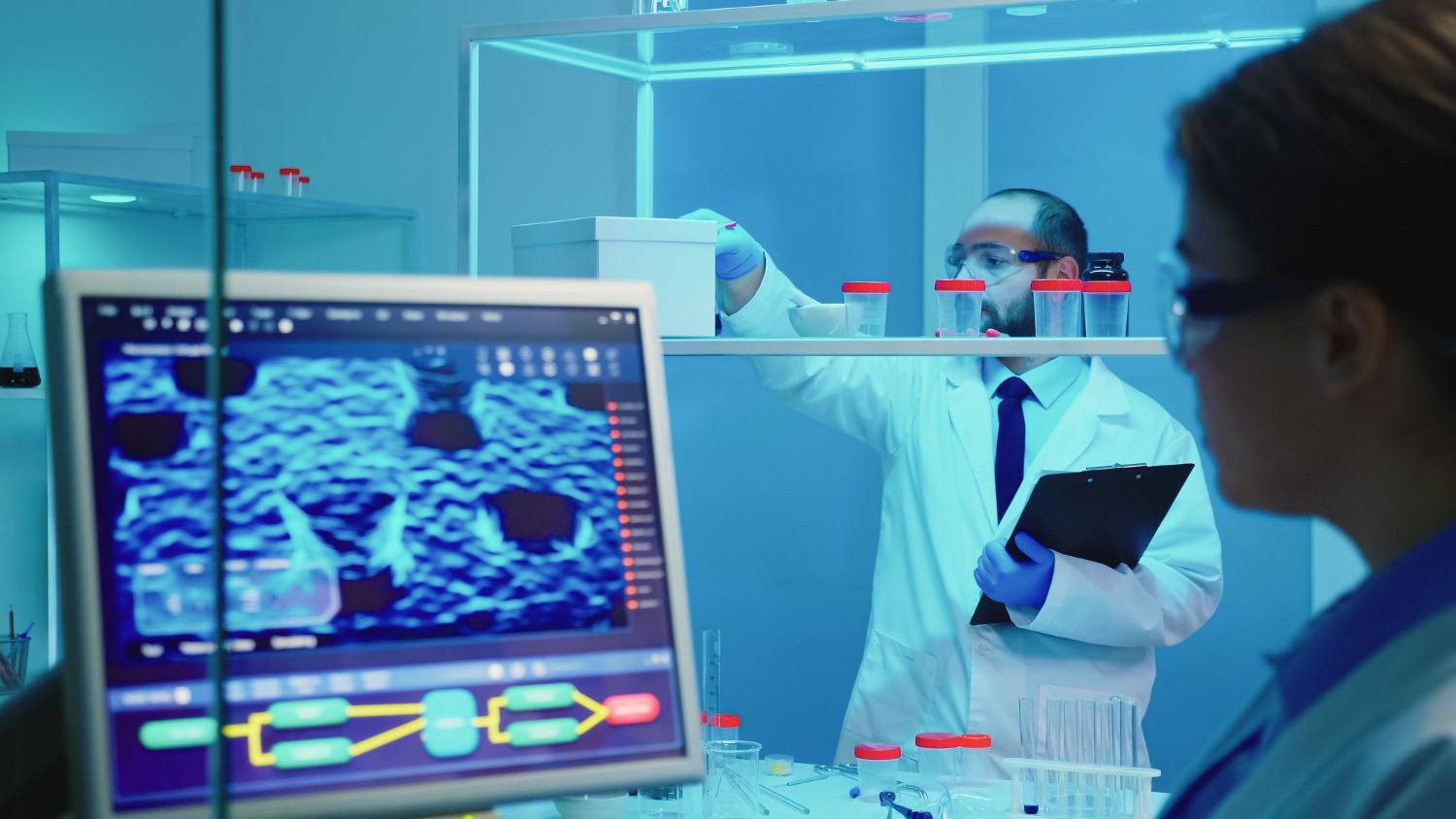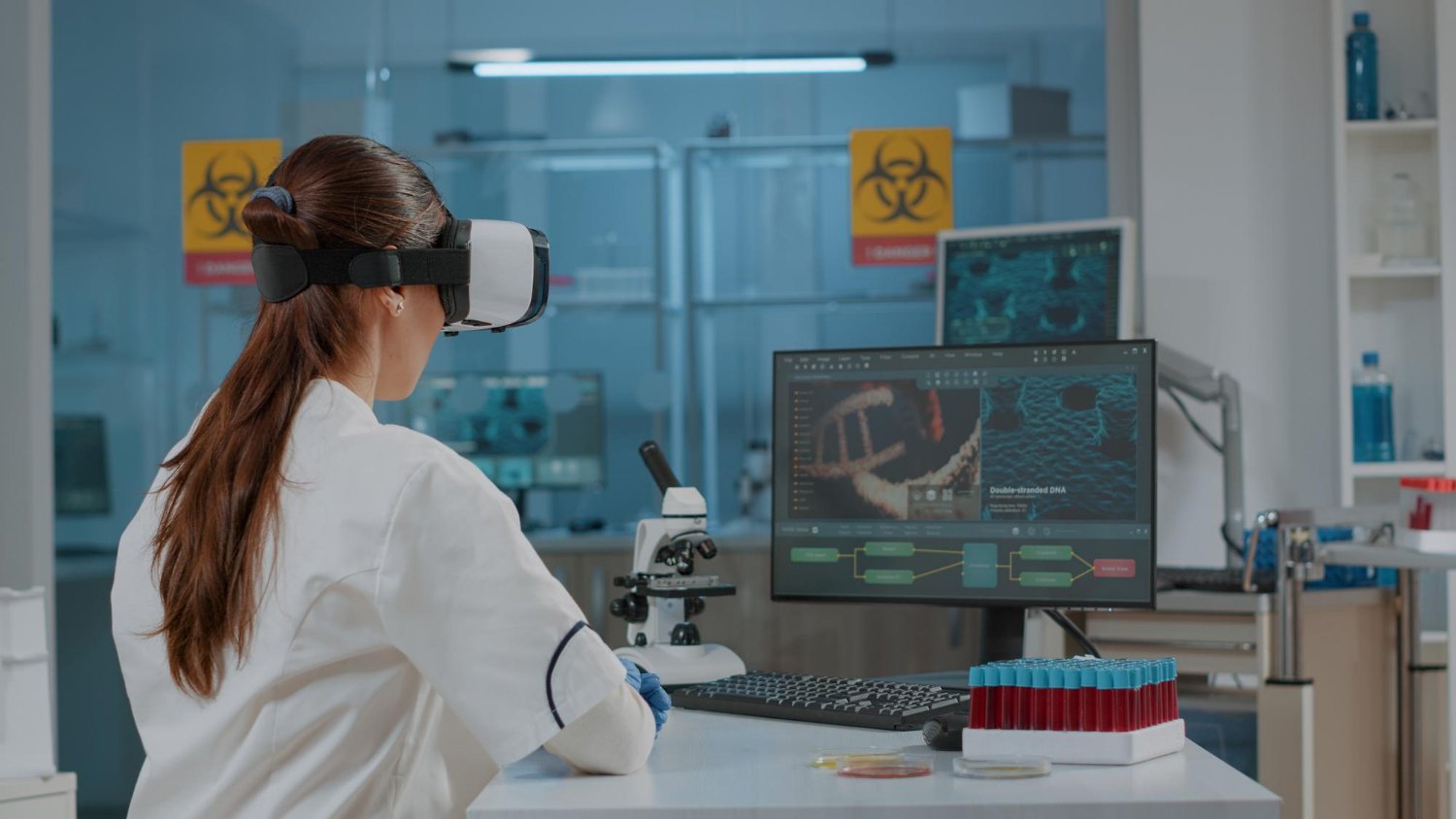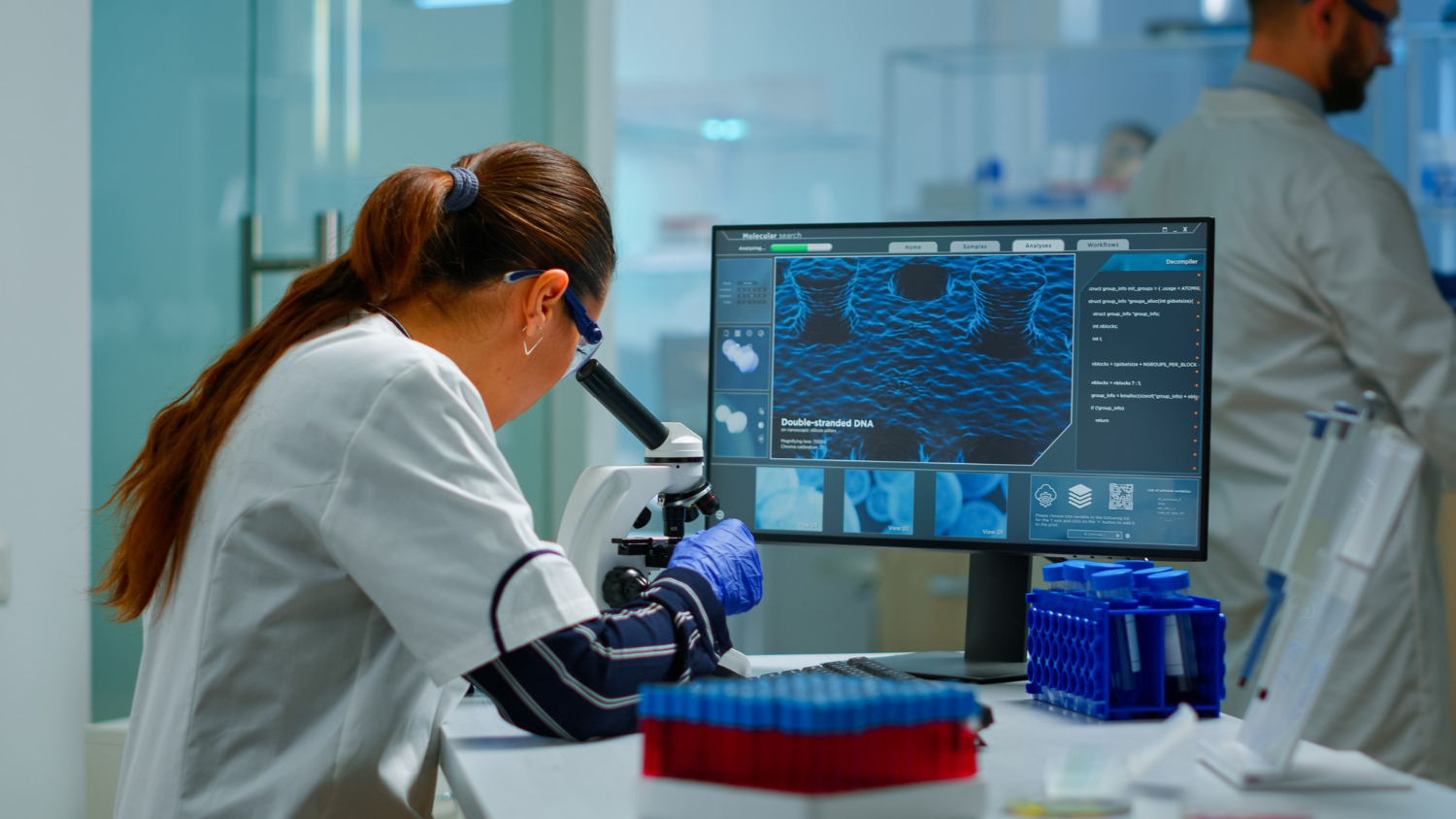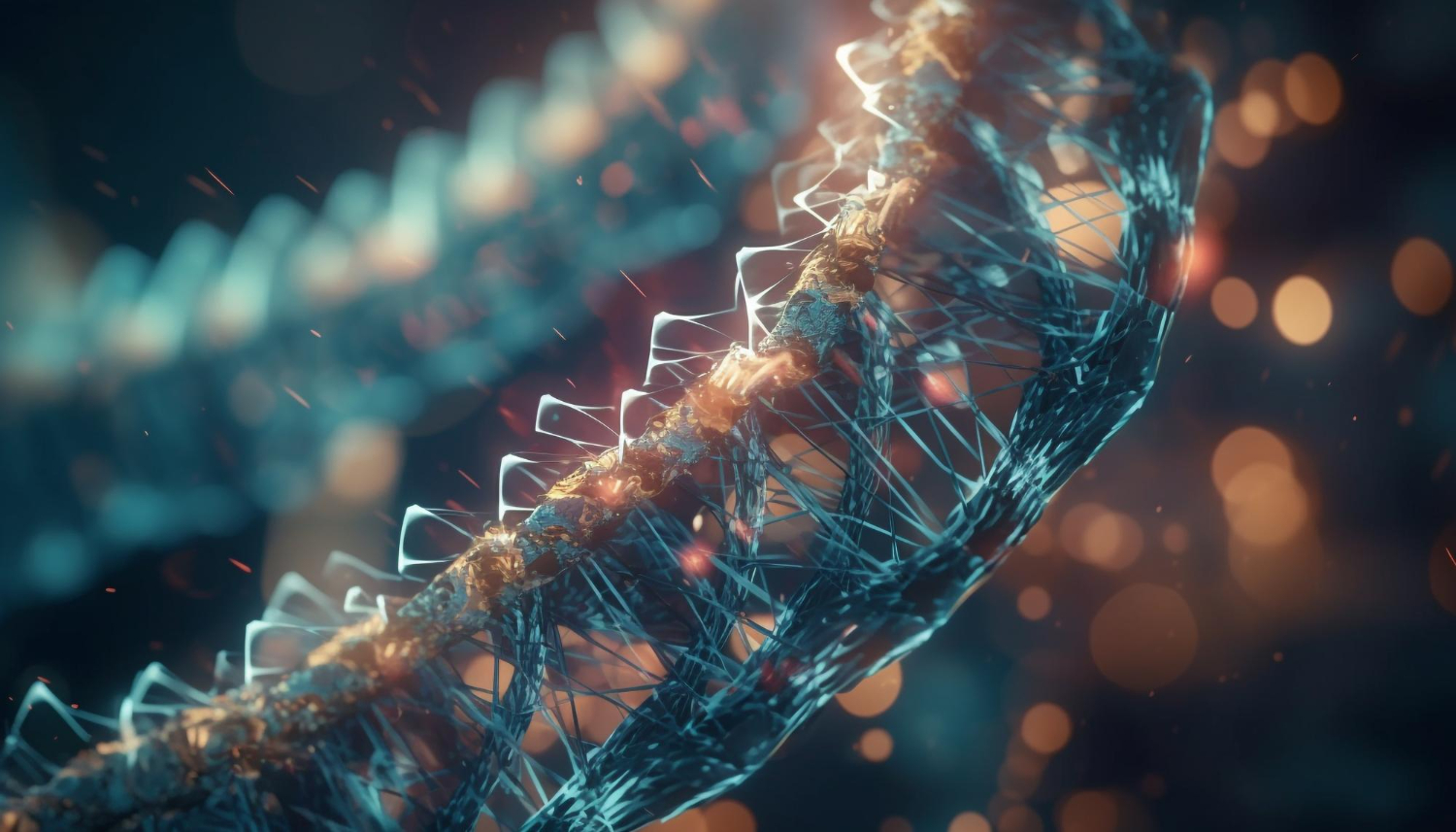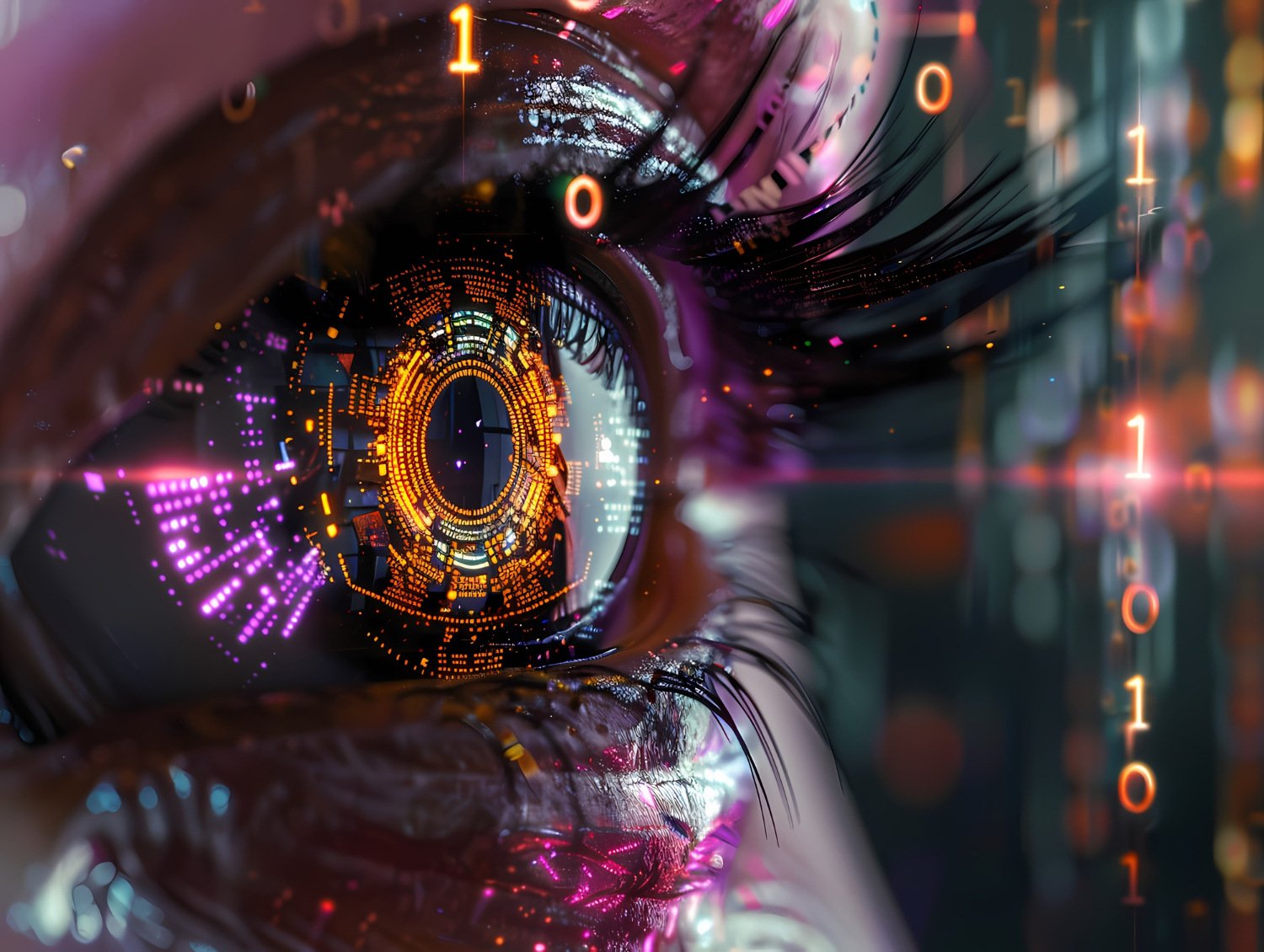Recurrent neural networks (RNNs) are used in many fields. They have found strong applications in language models, sentiment analysis, and speech recognition.
But they are also important in computer vision. These models are designed to work with sequential data. This gives them an advantage in tasks where time steps or input sequences matter.
In traditional image processing, convolutional neural networks (CNNs) dominate. They are great for image classification and object detection.
CNNs work well because they scan over spatial data. But not all vision tasks are static. Some need memory. Some involve steps over time.
That is where RNNs help. They keep context over time steps. This feature is useful when working with video, movement, or even patterns in sequences of images. The ability to learn long term dependencies makes them suitable for temporal computer vision tasks.
How RNNs Work
RNNs are a type of artificial neural network. Their structure differs from feedforward neural networks. In feedforward models, data flows in one direction.
There is no memory. But in RNNs, each output depends not only on the current input but also on past inputs.
This memory is stored in the hidden layer. At each time step, the model processes an input and updates its hidden state. The updated hidden state is then used to process the next input in the sequence. This allows the model to carry forward information.
Read more: The Growing Need for Video Pipeline Optimisation
RNN Models and Vision Tasks
Computer vision applications often deal with static images. But some need sequential understanding. RNN models bring that ability. They add a temporal aspect to the processing.
Take object detection in videos. A single image might not be enough.
But when we process a sequence of images, an RNN can track an object over time. It can understand how it moves, changes, or even disappears. This makes the model better at detecting and following objects.
In image classification, RNNs are used when images contain sequential patterns. An example is medical imaging.
In some scans, a sequence of image slices shows the progression of a condition. Analysing each frame alone would not capture the whole context. But with RNNs, the model can relate one slice to the next.
Speech recognition systems also use computer vision in lip reading. Here, each frame of the speaker’s mouth is part of a sequence. RNNs, when combined with CNNs, allow the model to read lips with higher accuracy.
CNNs and RNNs Together
Deep learning models often use a combination of layers. CNNs extract features from visual data. RNNs interpret how those features change over time. This combination creates powerful models based on both spatial and temporal signals.
In these hybrid models, CNNs process each image in a sequence. Then, the outputs from CNNs become the input sequences for RNN layers. This setup is used in video classification, action recognition, and more.
This layered approach helps manage complexity. CNNs handle feature maps and object detection. RNNs manage memory and understand progression over time. By combining both, the system gets better at making sense of visual information that changes.
Read more: Computer Vision for Production Line Inspections
Challenges of RNN Architectures
RNN architectures have their limits. One issue is the vanishing gradient problem. During training, the model updates its weights based on errors.
But in RNNs, these updates depend on long sequences. Gradients can become very small. When that happens, the model stops learning.
This issue limits the ability of basic RNNs to learn long term dependencies. To fix this, researchers use special versions. Long short-term memory (LSTM) and gated recurrent unit (GRU) models are better at keeping relevant information across longer sequences.
LSTMs and GRUs allow models to remember what matters and forget what does not. They are more stable during training and work well on tasks like video analysis and complex object tracking.
Use of RNNs in Language and Vision
Language models rely heavily on RNNs. But their use in vision tasks is also growing.
In sentiment analysis based on facial expressions, sequential data helps. Each change in a face tells a story. RNNs can track how expressions change.
In computer vision, the task may not always be clear from a single image. Input sequences provide extra detail. These may include frames from a video, slices in a 3D scan, or image sequences from medical data. RNNs use this context to improve results.
Training data must match the task. For sequential tasks, the model learns better from ordered examples. Each sequence in the data set should reflect real time or natural order.
Read more: Optimising Quality Control Workflows with AI and Computer Vision
Practical Applications
One example is in autonomous vehicles. The system must understand not only what it sees now, but how that scene has changed. Using RNNs helps it track objects and understand motion.
In industrial inspection, cameras capture sequences of a product from different angles. An RNN can detect if something is wrong by analysing changes between frames.
Another example is in sports. Analysing how a player moves can help in coaching or injury prevention. RNNs work well in this type of motion tracking.
Models Based on RNNs
There are several models based on RNN architectures. These include bi-directional RNNs, which read data forward and backward. They are useful in situations where future input helps understand current steps.
Attention-based RNNs also exist. These models learn to focus on key parts of the input sequence. In computer vision, they help the system find relevant frames or features.
In some designs, RNNs are stacked. Multiple hidden layers improve the model’s ability to abstract patterns. But more layers mean more computation.
RNNs vs Other Neural Networks
Feedforward networks are simple. They are useful for static problems. But they do not manage time or sequence.
Artificial neural networks include many forms. RNNs are one. They stand out because they process inputs one step at a time. They use a hidden state to carry information forward.
Compared to CNNs, RNNs offer better performance in temporal tasks. But CNNs remain better for pure image classification.
The two work well together. Their combined use often leads to better results.
Read more: Cloud Computing and Computer Vision in Practice
Data and Training
Training data for RNNs must be ordered. Each step must follow the last. That way, the model can learn transitions and patterns.
Data sets with labelled sequences are used. For instance, in gesture recognition, each sequence is a full gesture. The model learns which patterns link to which actions.
Training RNNs can be slow. They process one step at a time. But newer GPUs and software frameworks help speed this up.
Pre-processing is also key. Normalisation and resizing make data easier to handle. Augmenting data with noise or slight changes improves model robustness.
RNNs and Future Work
The use of recurrent neural networks in vision is likely to grow. As devices collect more sequential data, the need for models that understand time steps increases.
This includes applications in health, such as tracking patient conditions. It includes retail, where customer movement through stores is analysed. And it includes defence, where movement patterns are important.
More efficient training methods and hybrid models will also become common. These will reduce computation and improve performance.
New Developments in Sequential Vision Processing
Researchers are now building lightweight RNNs for mobile use. These models run on limited hardware while still managing sequences. This helps in real-time video analysis on phones or edge devices.
Another focus is on combining RNNs with attention mechanisms. These allow systems to weigh the importance of each input step. In computer vision, this means the model can prioritise frames that matter more. This improves accuracy in cases like crowd monitoring or surveillance.
Transfer learning is also being tested with RNNs. Pre-trained models from one vision task are fine-tuned for another. This reduces training time. It also works well when there is little labelled data.
There is growing use of synthetic data in training. Simulated sequences help create large data sets. This is useful when real-world data is scarce or expensive. RNNs can still learn meaningful patterns from this kind of data.
Industry also looks into real-time inference improvements. This includes pruning models and using mixed precision to speed up decisions. For time-sensitive applications like robotics or AR, fast and accurate outputs are critical.
Some applications now use RNNs for visual storytelling. These systems receive image sequences and generate text. They help summarise events, describe actions, or create content from visual input. This merges natural language processing with vision.
Multi-modal learning is gaining traction. Combining audio, video, and text in one model helps improve decision-making. RNNs can link these inputs to provide more complete insights.
In all these areas, careful tuning of rnn architectures and loss functions is needed. It helps to keep models stable and efficient.
Continue reading: Explainability (XAI) In Computer Vision
How TechnoLynx Can Help
At TechnoLynx, we design and implement deep learning solutions. Our team builds systems using CNNs, RNNs, and hybrid architectures. We work with clients across healthcare, security, and automotive sectors.
We help clients prepare data, select the right models, and tune them for performance. Whether it’s object detection in real time or analysing sequential data from cameras, we build reliable systems.
If you need support with image classification, motion analysis, or combining RNNs with other deep learning models, we’re ready to help. We make sure your AI systems run efficiently, even with large input sequences and demanding tasks.
Image credits: Freepik

